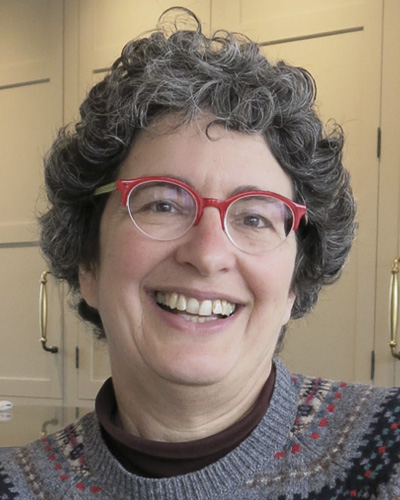They say that 90 percent of cheesemaking is cleaning up, which is why I’m content to remain just an eater. But if you’ve ever wanted to try your hand at home cheesemaking, I have the teacher for you. Merryl Winstein believes that you—yes, you—can make cheese just as good as what you can buy. All you need is fresh milk and the right recipes. And, wow, does she have the recipes.
Winstein’s just-published magnum opus, Successful Cheesemaking, contains everything she has learned in 25 years of making cheese at home and teaching an estimated 3,000 students. The 670-page work, an eight-year endeavor, includes meticulously detailed recipes and 800 black-and-white process photos for styles from cottage cheese to Brie to Gouda.
The St. Louis resident traces the roots of her cheese obsession to a childhood pen pal in Denmark, with whom she still corresponds.
“I went to visit her when I was 14, and that’s when I learned about artisan cheese,” says the author. “She had the most amazing cheese at her house. I had never had anything like it.” Strong Havarti, smelly Tilsit, gooey Esrom—Winstein loved them all.
Merryl Winstein
Twenty years later, Winstein and her husband bought a home in St. Louis with a yard large enough to keep a few goats. She put aside her career as an illustrator to raise children, milk her goats and dabble in cheesemaking. She taught herself from books, attended classes and then took more intensive workshops with pros. She came to believe that most cheesemaking books omitted key information, and many suggested—erroneously, in her view—that store-bought pasteurized milk would yield decent results.
“For years I wondered how much trial and error it would take before my ‘Cheddar’ tasted different than my ‘Swiss,’” she writes. The problem wasn’t her technique, she learned. It was the store-bought milk and the imprecise recipes.
If you want your renneted cheeses to turn out like hers, you will need raw milk, says Winstein. Most supermarket milk is pasteurized at a temperature that compromises the protein for cheesemaking, she says. In Missouri, raw milk is legal for sale and easy to come by. Elsewhere it may not be. “It’s discouraging,” she acknowledges, “but the kind of cheeses I show in my book are just not going to happen with store-bought pasteurized milk.”
If that hurdle doesn’t deter you, Successful Cheesemaking could be the only teacher you’ll need. It’s certainly the most thorough book I’ve ever seen on the subject (want to build your own cheese press?), and Winstein is adamant that you can achieve professional-caliber results.
“These are the same methods you would use if you were doing it commercially,” says the author, “but you’re only making one cheese at a time so you can devote all your attention to it.” Her petite clothbound Cheddar “tastes a lot like Cabot Clothbound,” she claims. I haven't tasted Winstein's cheeses, but if she gets even close to Cabot Clothbound, that's a feat.
“I was mystified by cheesemaking for so many years,” admits Winstein. “I feel really proud that I’ve pinned all this information down in one place. I hope my book will somehow, eventually, give a big boost to home cheesemaking.” If I can just find someone to clean up, I might even try it.


